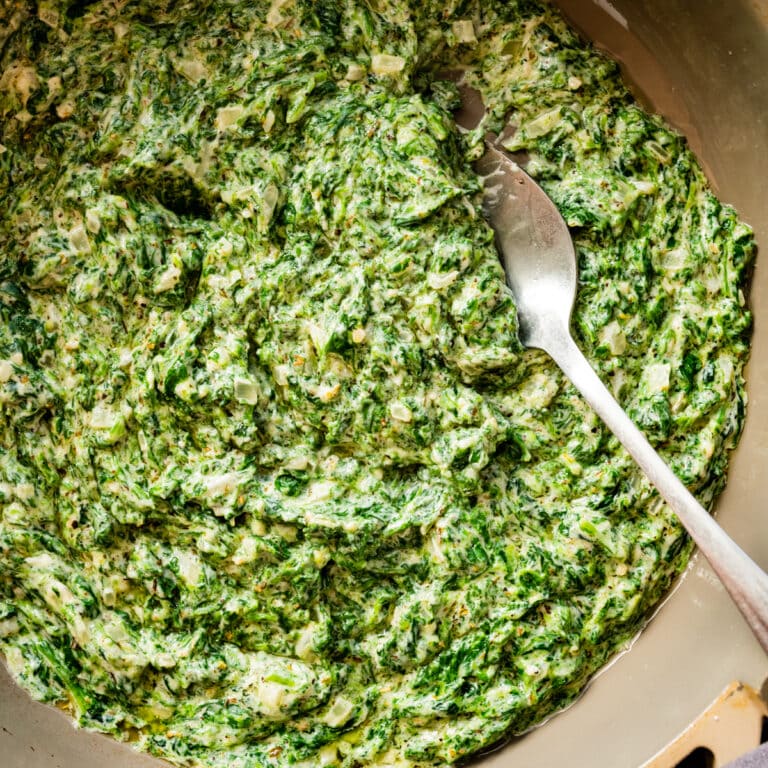The awakening came on an ordinary weekend when the mundane act of exploring my driveway’s adjacent pachysandra bed led to an extraordinary revelation. A solitary red leaf, peeking through the greenery, beckoned me closer. It was a peony! As I embarked on a journey of clearing the encroaching pachysandra, more and more of these red sprouts revealed themselves, like shy beauties emerging from their slumber. Before I knew it, I had uncovered 15 to 20 linear feet of peonies, their beauty stifled for who knows how long under the dense pachysandra. It was a discovery that filled me with awe and a sense of responsibility to nurture these newfound gems back to their former glory.
Peonies, with their lush, billowing blooms, hold a special place in the hearts of gardeners and floral enthusiasts worldwide. Their allure lies not just in their aesthetic appeal but in their remarkable resilience and longevity. Peonies can live for over a century, each year reblooming with the same vigor and beauty as the last. Despite their hardy nature, peonies thrive under specific conditions, and understanding these requirements is crucial for their care.
The world of peonies is beautifully diverse, encompassing tree, herbaceous, and intersectional varieties. Each type has its unique growth habits and landscape uses, making peonies a versatile choice for any garden. Tree peonies, with their woody stems and expansive growth, can serve as stunning focal points. Herbaceous peonies, with their lush, full blooms, add elegance to any setting. Meanwhile, intersectional or “Itoh” hybrids bring the best of both worlds, combining the robustness of tree peonies with the colorful, abundant flowers of herbaceous types.
Caring for peonies requires a balance of sunlight, nutrients, and proper soil conditions. They flourish under at least six hours of full sun and benefit from well-drained soil and occasional feeding with compost or a balanced organic fertilizer. Overfeeding, particularly with high nitrogen fertilizers, can lead to lush foliage at the expense of blooms. Planting depth is critical; peonies planted too deeply may struggle to bloom, while those set at the correct depth will thrive.

Challenges such as competing root systems, improper planting depth, and adverse weather can affect peony blooms. Diseases, particularly those triggered by cold, wet springs, and improper care practices can also hinder their flowering. Ensuring peonies are planted in the right location with proper care can lead to years of stunning blooms.
In my pursuit of peony perfection, I’ve learned that these flowers are not just plants but symbols of resilience, beauty, and history. They remind us to persevere, to find beauty in the neglected corners of our worlds, and to cherish the surprises life throws our way.
As I look forward to the blooms that will grace my garden, I’m reminded of the peonies that grew in the narrow space of my childhood home. Despite limited space and decades of growth, they bloomed with abandon, a testament to their enduring spirit. This discovery of peonies in my own yard feels like a full-circle moment, a connection to the past, and a reminder of the beauty that awaits us if we’re willing to look a little closer.
To those who find themselves guardians of these floral treasures, I offer this advice: cherish and nurture them. Peonies are not just plants; they are a legacy of beauty, resilience, and joy. With care and attention, they will reward you with a spectacle of blooms, year after year, reminding us all of the simple yet profound pleasures that gardening can bring.




